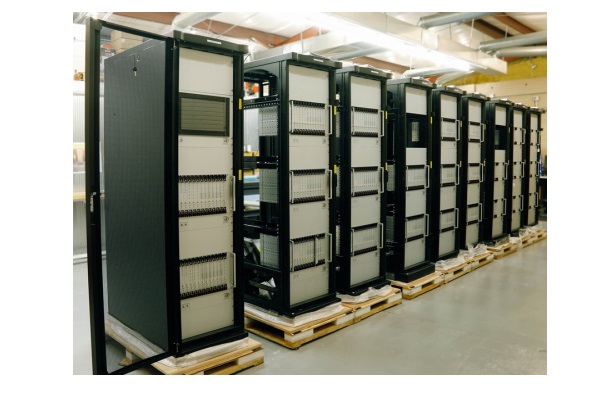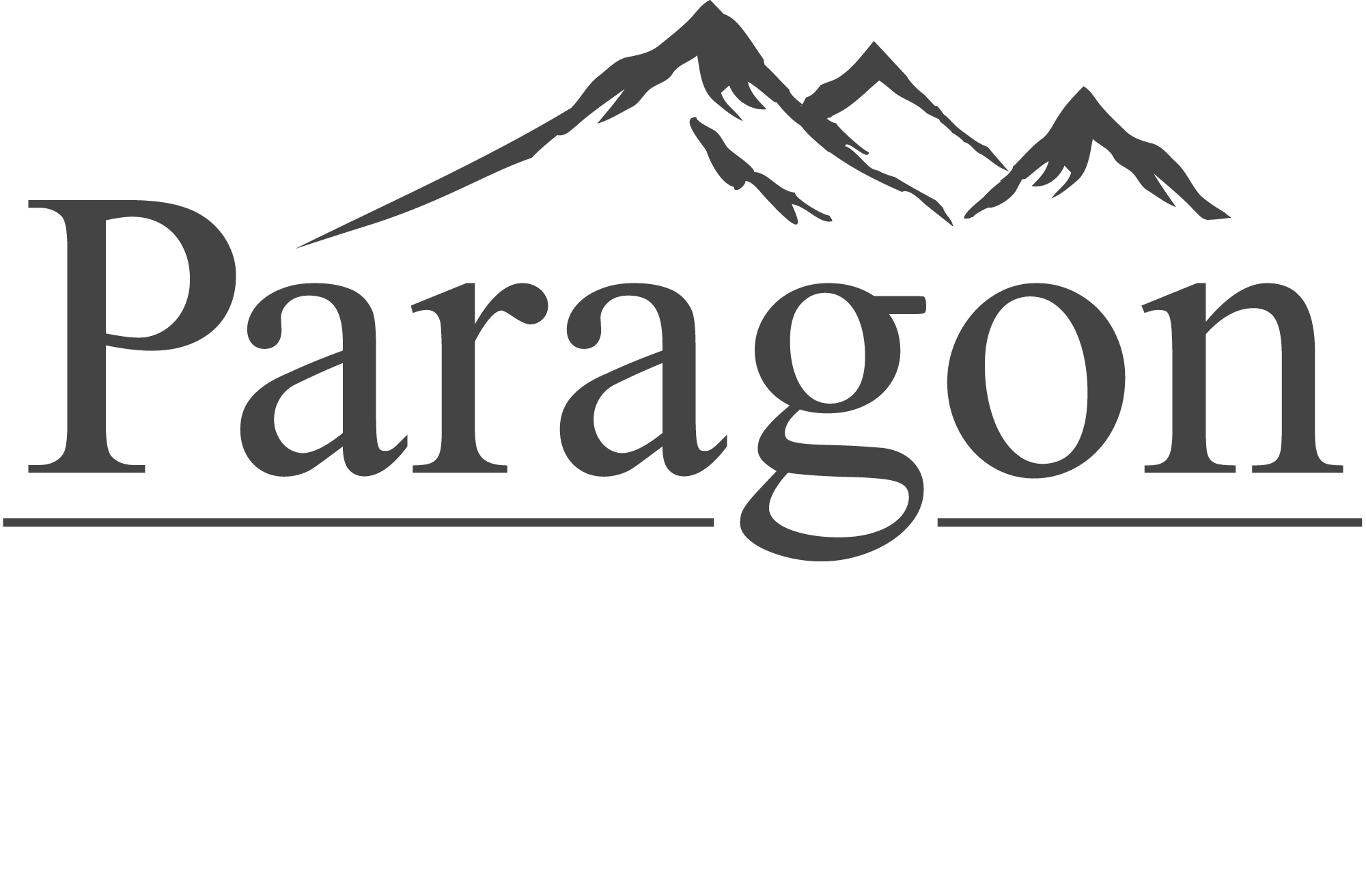Categories

This article appeared in Nuclear News Magazine in the fall of 2023.
A couple of years ago, my wife and I knew we were going to purchase a new car. As soon as we made that decision, major pricing inflation and supply constraints became an issue. So we decided to wait. We also knew that we would need new tires before we sold our current used vehicle. So instead of buying the best quality (and expensive!) tires, we decided to purchase the much cheaper ones knowing we would only use them for a brief period of time. Why invest in an asset that won’t be serving its purpose for you much longer, right?
I realized we tend to think the same way about the US nuclear fleet. The average age of these plants is 41 years, and we have been very successfully operating these facilities with legacy components using work packages from the same era. These dials, levers, and work practices of yesteryear have certainly proven how robust the design is from that time and the overall impressiveness of 1960s technology. This should not be overly surprising, as we did, after all, make it to the moon and back 50+ years ago on this same technology.
And while we are all proud of our performance – in particular the unmatched capacity factor, the safety record, and all those breaker-to-breaker runs – it is also somewhat embarrassing to discuss the age of our technology. But just like that old car I intended to sell, the US fleet is an asset that we haven’t invested in for many years. There have been very good economic reasons to delay this investment, but we now know this fleet will be with us for the long haul – we can’t combat climate change without it!
Fast forward to today. With the combination of recent technologies such as the introduction of SMRs, the new generation of reactors, and with the recent success of the Vogtle Electric Generating Plant expansion project, which is touted as the first “newly constructed” nuclear power unit to be added to the US fleet in decades, nuclear energy has risen in visibility and public support. Even the reigning Miss America, Grace Stanke, is a nuclear engineering student with a platform of “Clean Energy, Cleaner Future” as she promotes nuclear power. Times are changing as a recent Gallup poll placed support for nuclear energy at the highest level in a decade.
The question was never whether the newer digital technology would make nuclear more affordable, easier to operate, and with less: it was about the investment. Now with most of the operating fleet discussing license extensions to 80 years, we are at a time where not only is there a window of opportunity to advance technology, it has become an absolute necessity.
The Inflation Reduction Act (IRA), signed into law in August 2022, provides (or, has the potential to provide) our industry with some of the funding investment to jump-start our industry on that road of innovation and technology advancement. Unfortunately, government funding is something new to our industry, and some view the IRA as something not real or with a catch. It appears to many as a “too good to be true” type of deal of which we are all wary.
However, I hold firm that this is a truly unique window of opportunity. We must look to move beyond “how we have always done things”, and instead seek innovation to move us forward. I see two approaches for our industry: the digitalization of how we plan and execute work, as well as digital upgrades to our dated analog systems.
Digitalization
Moving toward the 80-year lifespan, the industry will need to capitalize and rely on the digital innovation and the benefits it provides. How we monitor equipment, prepare, and execute our outages, and how we seek, train, and keep the next generation of nuclear workers will all depend on this technology. At the recent ANS Conference, it was said that we will need to more than double the workforce we currently have. I am proud of my long tenure in this demanding industry, and I have seen how difficult it is to attract and more importantly retain employees.
There is a recent example of how we can change almost instantly when the situation demands it. COVID-19 forced us all to become innovative almost overnight. The Pandemic significantly helped set the stage for the industry to move to its next phase of life, and during the dark days of that time, we proved that our staff and support can successfully work from remote locations. What is especially interesting is that before the pandemic, most of us would have predicted that could never have been done, let alone attempt it. And while the Pandemic was an unfortunate period of time, it is proving to be an important and significant step toward dramatic improvement in our industry’s innovation. We now have a glimpse as to the digital future of nuclear and its ability to enable the next generation of nuclear professionals to remotely monitor equipment, and prepare for and execute outages.
I believe that now, for the first time, we have the ability to digitalize almost every step of our work process, from training, procedures, and work instructions, to collaboration with other stations and even key suppliers. In the past, when an issue occurred during a work order, maintenance had to stop, go back to the shop, and locate the correct person for support (all of which could take hours or even days). Instead, we need to have the ability to alert all required personnel, including the OEM or supplier, when a nonconformance is identified so that all the key people and decision-makers are able to rectify the situation.
Mike Pacilio, former Exelon Chief Operating Officer and one of my site VPs during my time at Braidwood, always liked to remind his team during a critical work task to use “the best athlete” to do the work. During my career, I have incorporated much of the great advice that Mike shared with this team, but I remember and use this line the most. Today, when I think about the challenge of building up those frankly staggering resource numbers, I believe we should focus more on finding the “best athlete” to help prepare for that critical or unique job task.
The next step is to develop and demonstrate a larger focus or reliance on expertise, not just from the utility base but from the vast OEM and supplier base. Today more than ever, that “best athlete” works at another station or for a supplier. The advancement to greater digitalization can help assure that our work packages contain the most accurate instructions, to include all applicable industry experience, as well as lessons learned not only from the nuclear industry but applicable lessons from the outside world. Those same industry experts must support more on the front end.
Today, almost every aspect of work can (and must) be digitalized. Our focus as an industry needs to be on making our work “cool” to larger audiences, and improving the perception of nuclear careers to meet the levels of acceptance of advanced technology careers we hear about in other industries. The cutting-edge technology and potential for revolutionary advancement in nuclear I believe can help attract future talent, and most importantly help assure and even improve our safety and capacity factors that we all must continue to provide.
Upgrading to Digital Systems and components
In the same way that the digitalization of our work will move us to this next phase, we also need to place a greater focus on the introduction of new equipment into our stations, specifically digital systems, and equipment. We must strategically move away from our outdated analog systems. They are a burden from a resource point of view, from the number of needed PMs to the surveillance required, to the issue of supporting a system or part that has long been obsolete. The industry has shown us that more maintenance does not equal more reliability.
Attracting those “next generation” engineers and technicians isn’t helped by showing them 1960s analog systems. My entire career, I have been trained and focused on providing “like-for-like” parts. However, the next generation of nuclear talent will not accept this outdated technology, especially given the fact we plan to operate existing plants for the next 80 years. Recently the NRC has been supportive by accepting and approving digital, but as we all know the current process of upgrading, including the associated license amendment requirements is a large burden and will be costly.
I believe that success in this area should come through the implementation of smaller systems, as foundational building blocks where we can demonstrate project effectiveness; systems like, feedwater level controls, heater drain controls, turbine controls, etc. For Safety-Related Systems, ICCMS, ECCS, AUX Feedwater, diesel sequencers, etc. should be considered as first steps. Once a proven track record on how to successfully manage and implement these digital upgrade projects, larger systems can be upgraded to capitalize on the lessons learned so that they can also be successfully implemented as a station-wide standardization project for digital controls, as an integral part of an overall modernization strategy. Simply replacing the tires on our older car is not the long-term answer.
Today, more than ever in my four decades in the industry, I believe the future of the nuclear power industry is exciting and promising. It also is scary, as the technology and resources that will move us to that next exciting phase are not yet firmly in place. However, success is defined by much more than just finding resources (or, as Mike Pacilio used to say, “belly buttons”) – our future success will be based on how we develop and implement this new technology.
The time is now to move forward as an industry and tap into the opportunities at hand. Let’s work together to make great things happen.
